Inside Academy: A photo essay
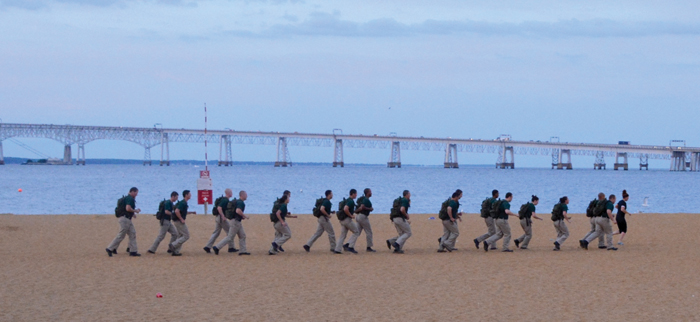
A balance of classroom and field work over seven months turns civilians into Natural Resource Police officers
From the time they clip a black-and-white “recruit” nameplate to their tan shirts until the moment the gold badge of a Maryland Natural Resources Police officer is pinned to their dress uniform, the 22 members of Basic Recruit Class 57 will have their minds and muscles tested as never before.
This year’s class of four women and 18 men were selected from several hundred applicants after passing a battery of tests, a series of interviews and a background check. They hail from cities and towns across Maryland, Delaware and New Jersey. Six candidates come from the recently revived cadet program, which serves as an introduction to not only the law enforcement agency but also to the other units within the Department of Natural Resources.
Candidates tackle anything the outdoors can throw at them during seven months of training that often begin before dawn and last until after midnight.
Basic training curriculum is anything but basic, encompassing both standard law enforcement and specialized conservation law. Officer candidates also learn to carry massive logs up and down hills (to build muscles AND character), handle snakes and firearms, identify critters of all sizes, drive boats, personal watercraft and patrol cars and—perhaps most importantly—realize that a productive day begins by following the sage advice of Cpl. Michael Beckwith, who challenges them with ever-higher goals.
“During training, I usually tell them to push themselves beyond their limits and focus on meeting the goal so they can achieve it,” says Beckwith, who has trained 115 recruits over the last six years. “I challenge them beyond what they think they can do and they are often quite impressed with themselves.”
The recruits will join Maryland’s oldest statewide law enforcement agency, founded in 1868 as the State Oyster Police and built on a foundation of four core values: integrity, dedication, courtesy and professionalism.
Upon graduation on October 31, each new officer will be assigned to one of eight patrol areas across the state and will be paired for one year with a veteran officer who will serve as a mentor.
Early next year, the process will begin anew with the arrival of Basic Recruit Class 58.
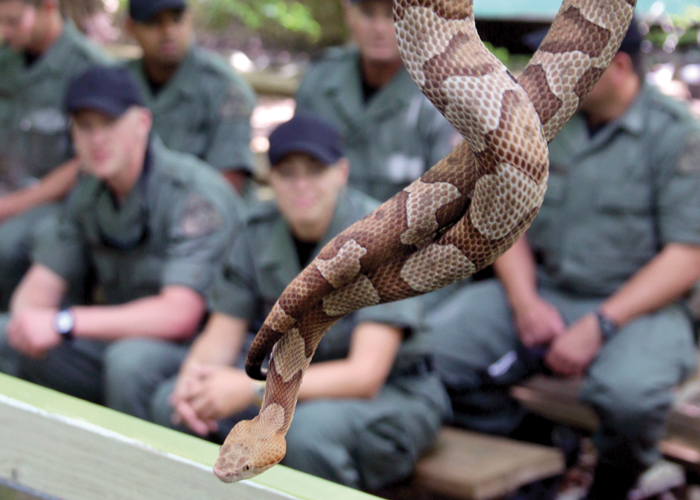
As part of their instruction, recruits learn to identify animals found in Maryland, such as venomous copperhead snakes.
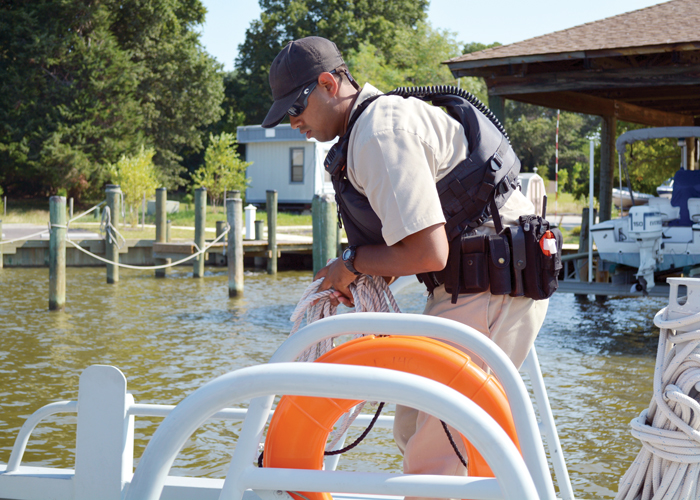
They receive weeks of seamanship and navigation training.
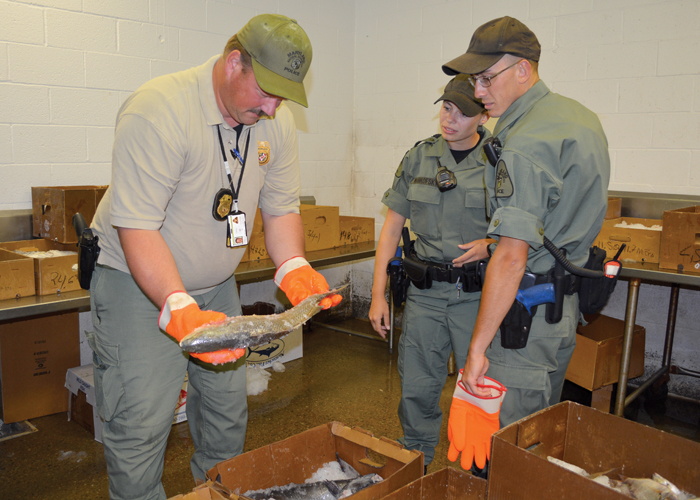
As part of their conservation enforcement curriculum, recruits go with Cpl. Michael Lathroum to the Maryland Food Center in Jessup to inspect seafood.
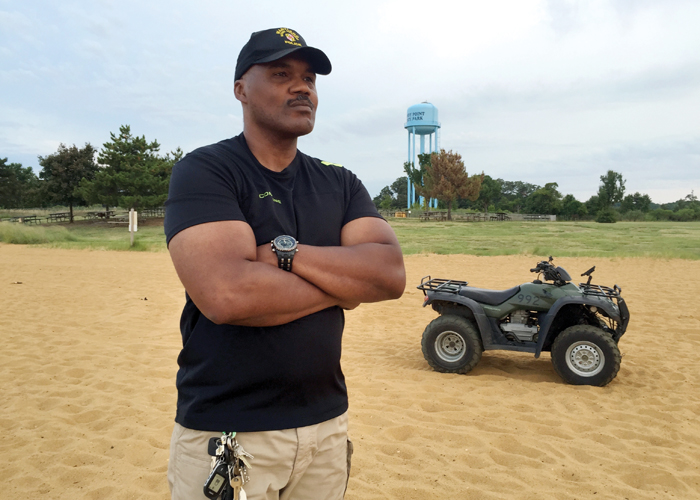
Almost every day starts with rigorous training, led by officers and conducted under the watchful eye of Cpl. Michael Beckwith.
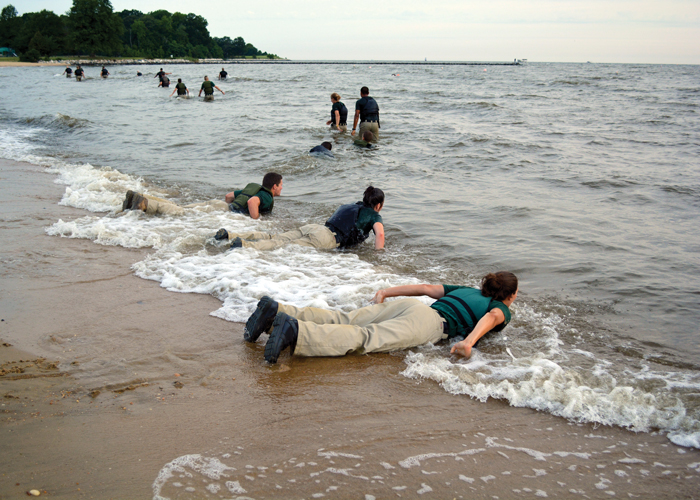
It might be a run on the beach or a fully clothed swim in the Chesapeake Bay.
Article and photos by Candy Thomson—Natural Resources Police public information officer.
Appears in Vol. 18, No. 4 of the Maryland Natural Resource magazine, fall 2015.


 1-888-373-7888
1-888-373-7888 233733
233733